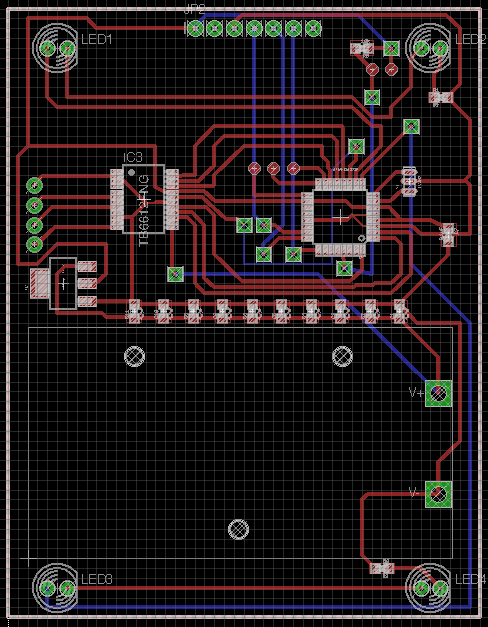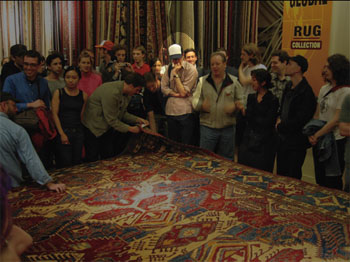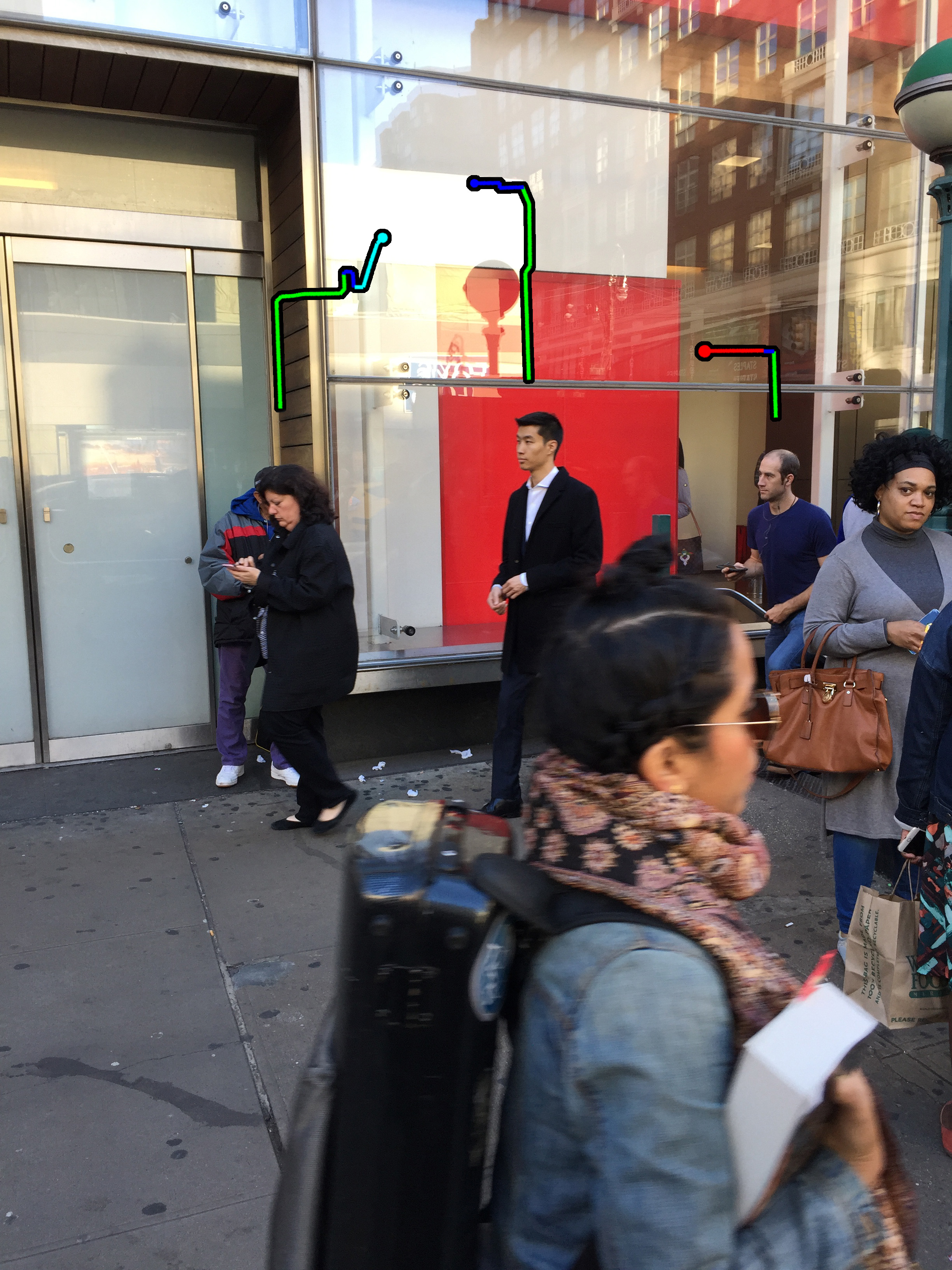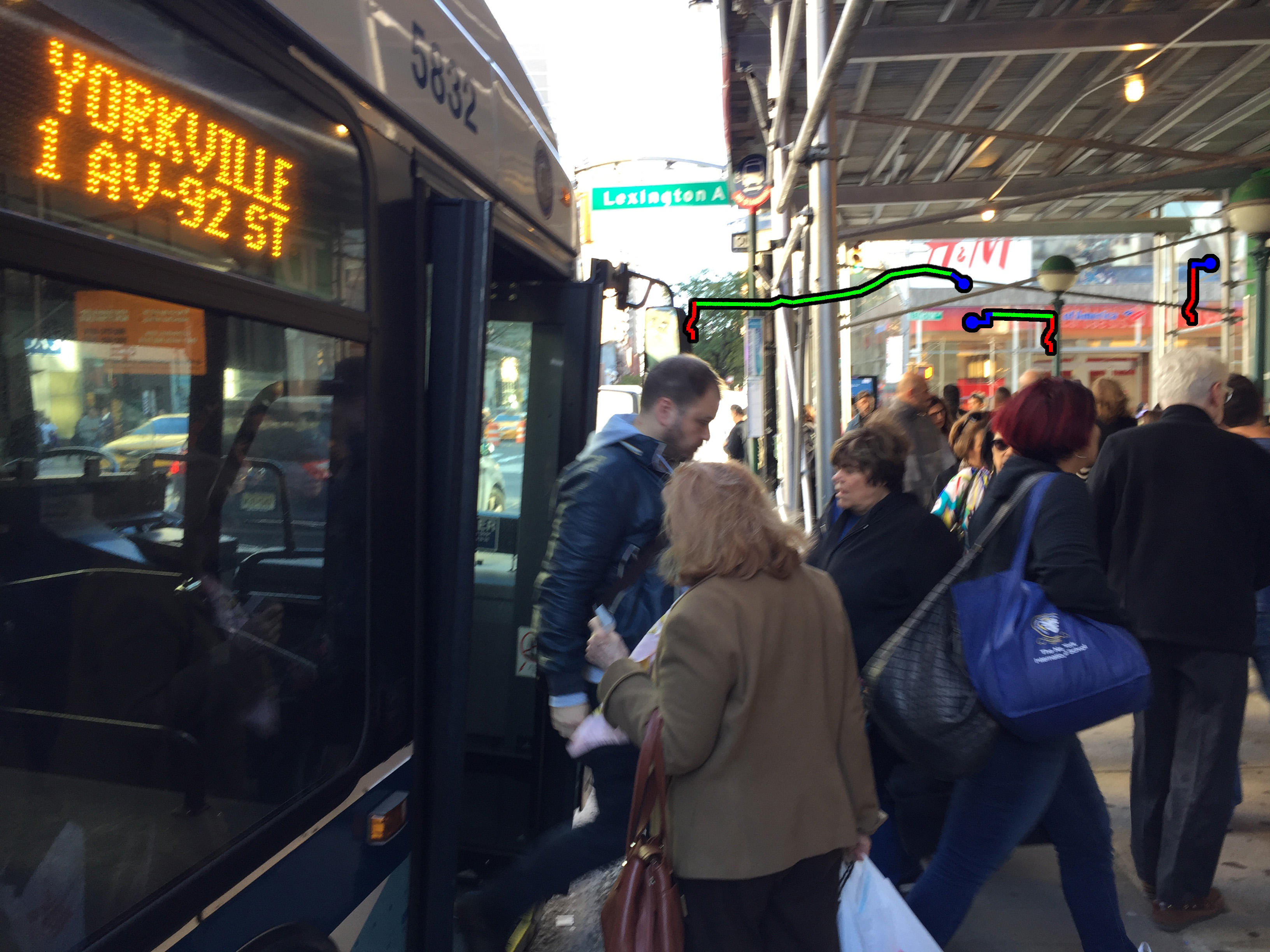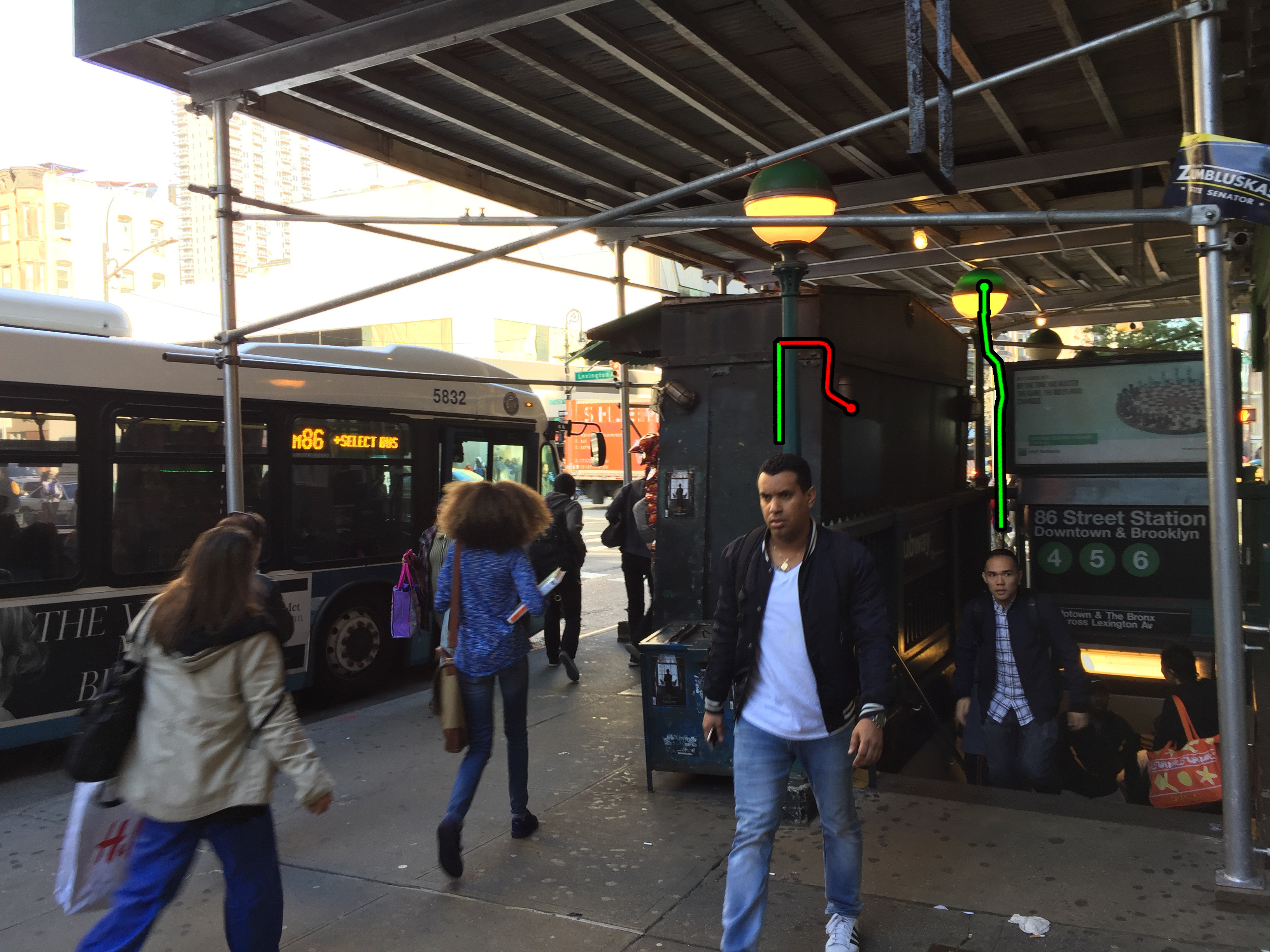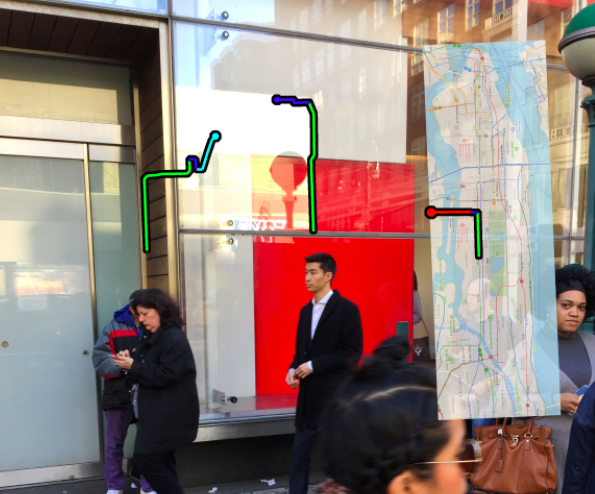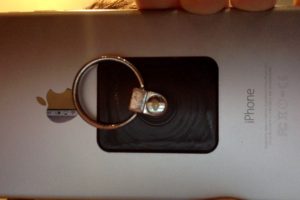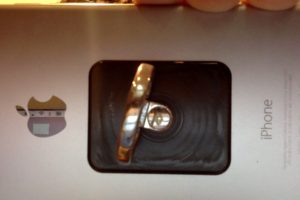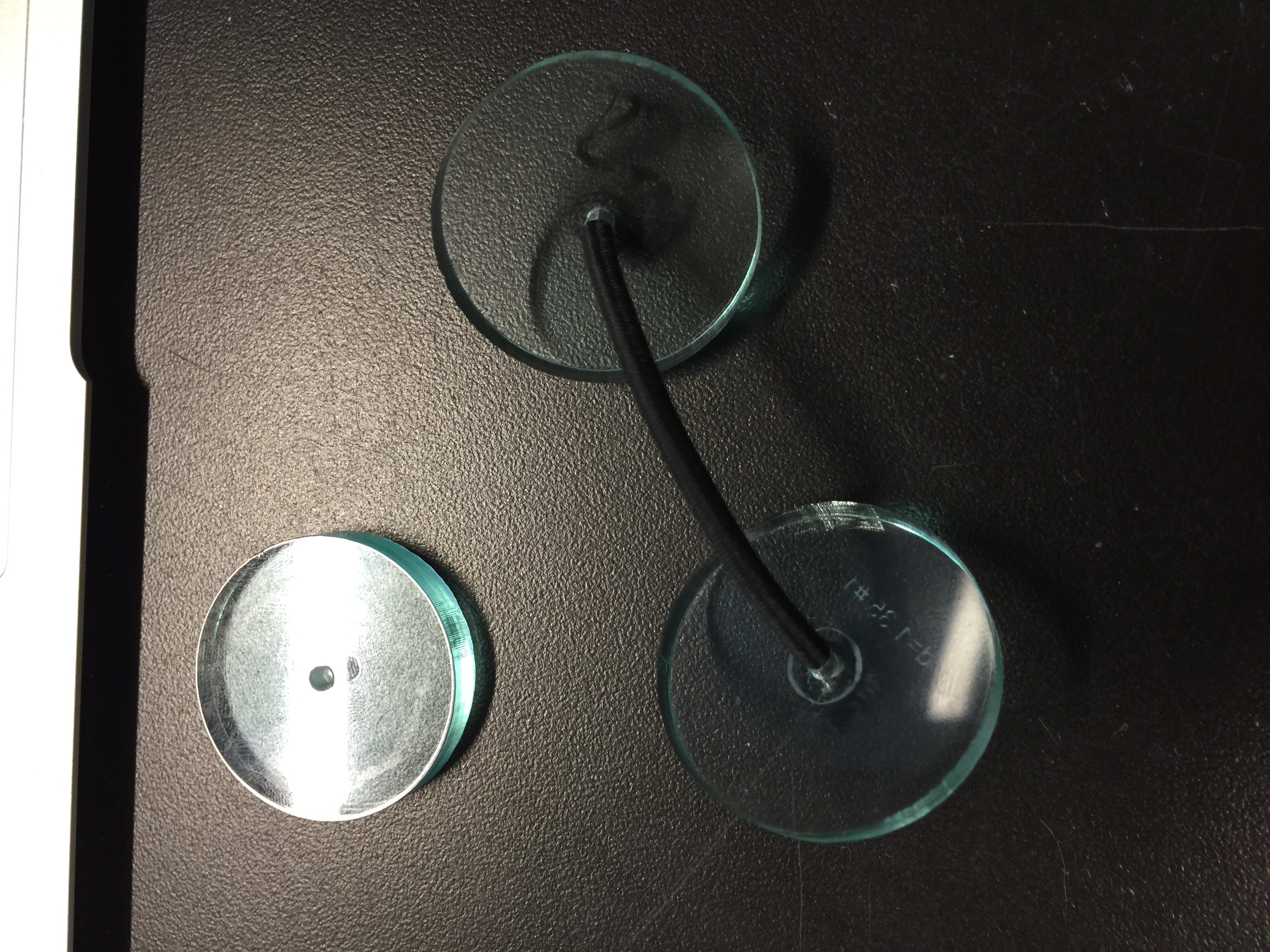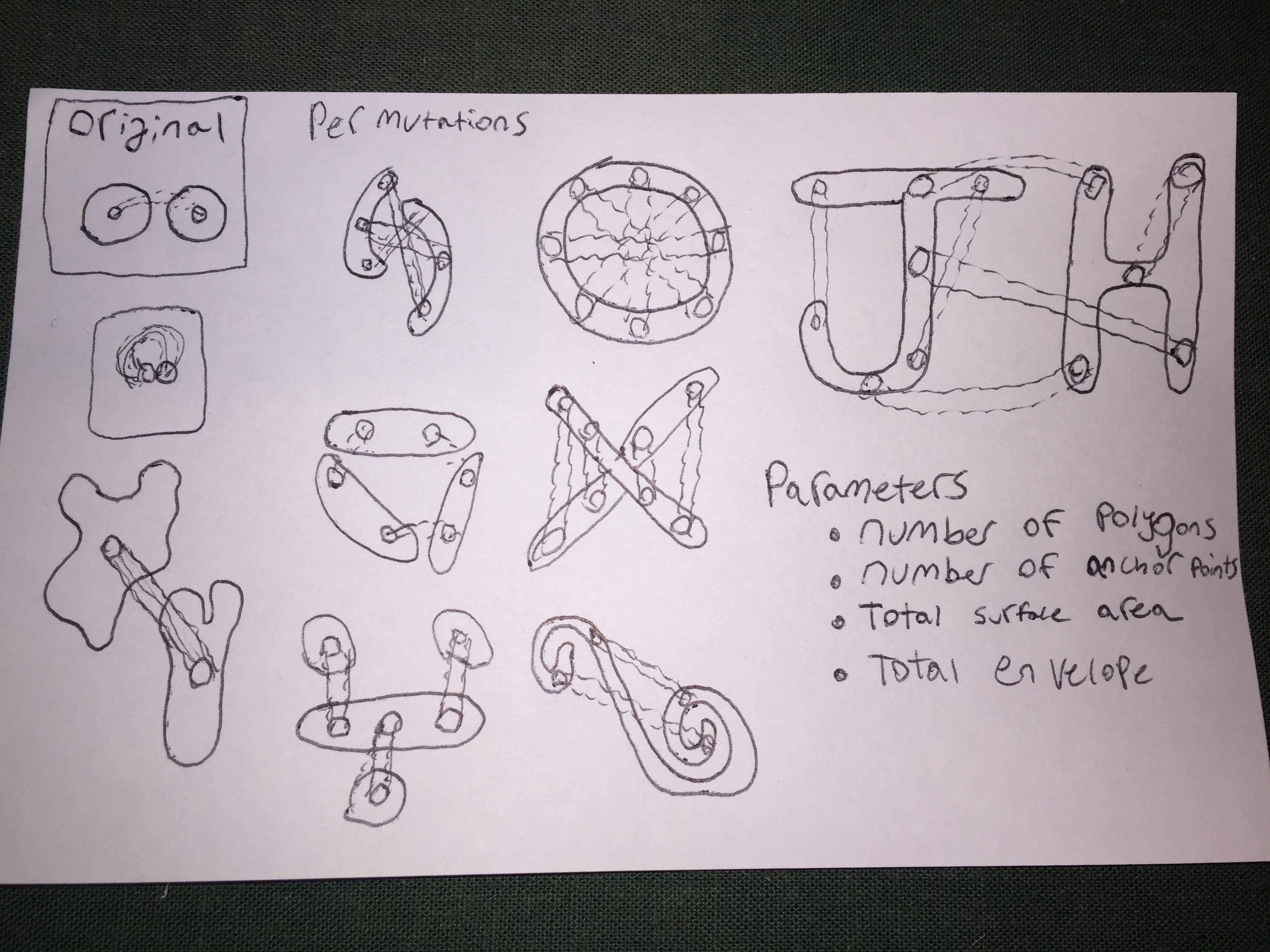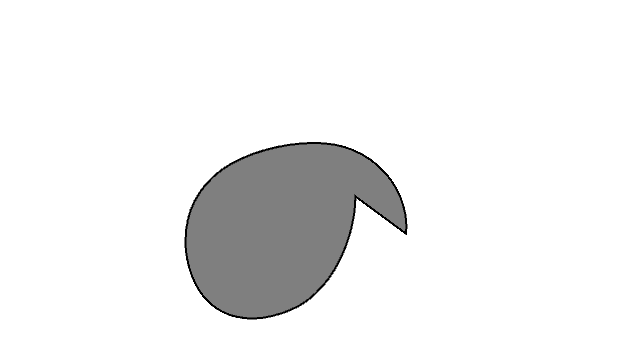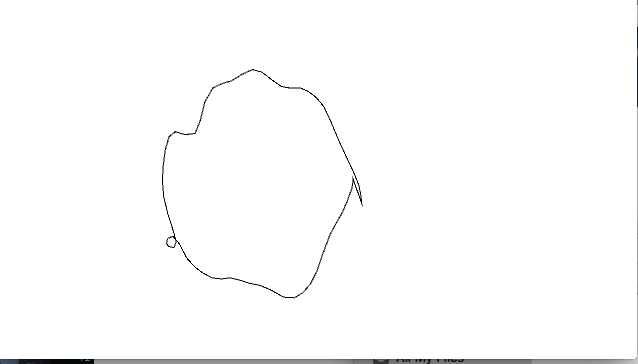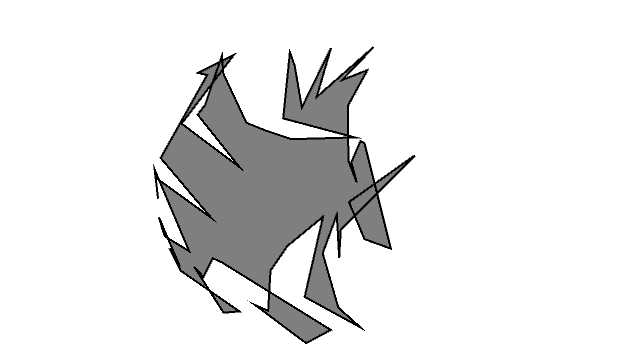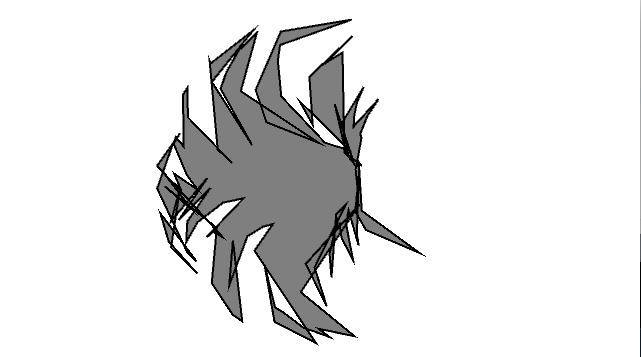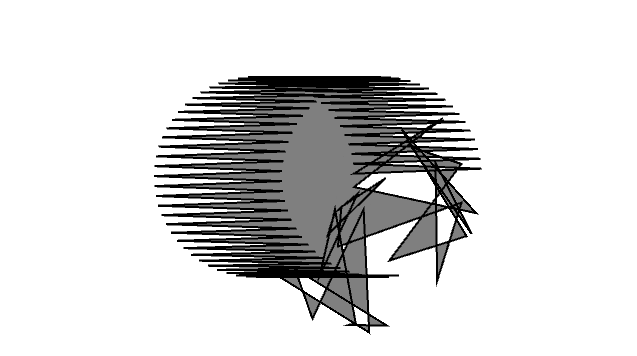I Initially had a hard time coming up with something for this assignment. However ideas started forming when I took the subway home one night during rush hour. The 4 train was totally packed heading up to 86th street from Union square and a group of people who ~behaved like tourists~ got on towards the front of the car. They were clearly very entertained by the crowded car and started trying to position their phones for a selfie that would also show the crowd. I was kind of irritated by this. While its somewhat rude in general to take a picture of someone without permission I thought this was kind of adding insult to injury. Most of the people on that train were not interested in entertaining guests when they stuffed themselves into an overcrowded train after working all day.
I thought about this dynamic for a while and came up with a few iffy concepts. Eventually I casually asked someone what they might do for a performance art project. They said they would probably just film themselves “performing identity”. I don’t think they were being completely serious but it really got me thinking about why I was bothered by the people taking pictures on the train and the sort of identity performances I go through on a regular basis. Once such recurring performance I’m very aware of is my identity as a native New Yorker. In retrospect I think this is why the tourists on the train bothered me the way it did; I feel entitled to New York and I resented them for staking a claim or having an opinion without my understanding of context. I recognized this attitude as something that should probably be challenged or investigated and I decided to work my project around that.
What I decided to do was travel through the major tourist sites in manhattan for a day and share my trip primarily on snapchat. I think in someways this is an act of jealousy. I didn’t think it would be realistic or believable to pretend I was actually seeing New York for the first time so I decided I would just consume the image of New York the way the visitors do.
Its worth pointing out that I don’t typically use social media or voluntarily visit crowded NYC landmarks on my own and that this was obvious to my snapchat audience (mainly other NYC friends of mine). Some of them texted me during my trip to ask if I was having a quarter-life crisis. I’m not completely sure I’m done considering this project or what it meant to me but I have to say that the trip was surprisingly difficult towards the end. There was a strange sense of familiarity and detachment as I mechanically crossed well know places off my list. I had never been to the 9/11 memorial or the new transit center and in this context I found those experiences very disorienting. By then end of my trip I was on the brooklyn bridge and was kind of fuming about New Yorkisms: zoning issues, the lack of public space, bicycles (really strong feelings on this one). Here is the documentation of my trip on snapchat:
